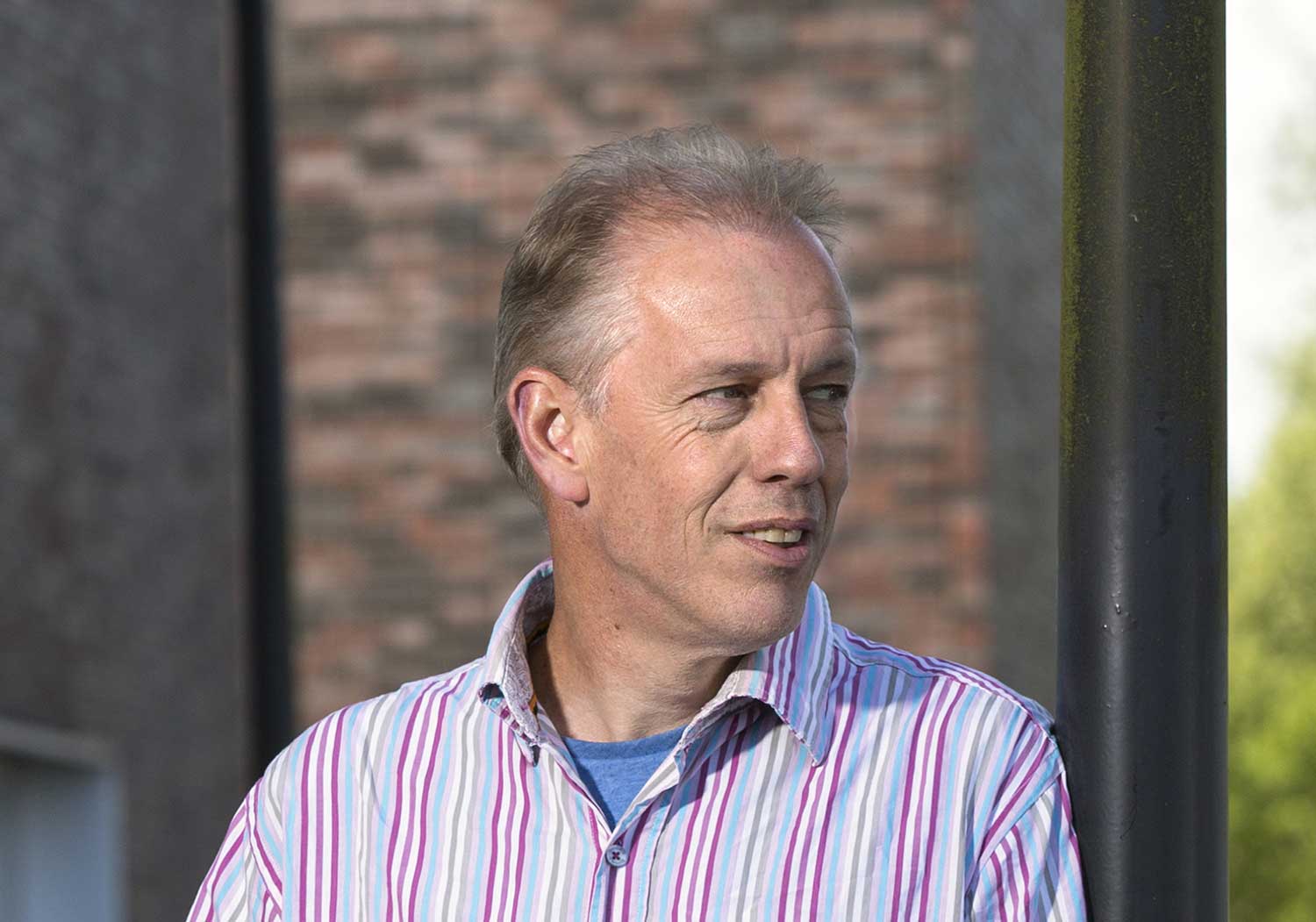SPRONG is a subsidy programme that aims to strengthen the position of applied research of universities of applied sciences. In this way, SPRONG enables universities of applied sciences to make a significant contribution to social issues within the mission-driven Top Sectors and Innovation Policy through their practice-based research. This is not done through a one-off injection of money, but over a longer period: eight years to be precise, with an interim evaluation. In total, SPRONG involves a subsidy amount of € 2 million. The participating universities of applied sciences are expected to invest themselves as well. This may be done in kind.
Heeres emphasises that SPRONG funds are not intended to finance research directly, but rather to develop strong research groups. This involves different activities, such as the purchase of equipment and infrastructure, writing applications, visiting companies and organising network meetings or conferences. “All of these are hours that cannot be directly booked into projects.” In addition, the Biobased Chemistry study group wants to further expand its research group.
Agro and energy
The SPRONG application submitted by Hanze UAS focuses on making chemistry more sustainable by linking it to both agro and energy. Fossil raw materials can be replaced by bio-based alternatives, for example from agricultural crops. In this project, the fractionation and modification of biomass (chemical, fermentative/enzymatic or thermochemical) into building blocks for the chemical industry is involved. These can be either drop-ins (green alternatives that can seamlessly replace fossil chemicals) or completely new molecules. At the moment, for instance, a new ‘Hanseatic monomer’ is being developed: furan propionic acid, made from roadside grass. This can be used to improve the biodegradability of polyesters.
In this case, sustainability also means making chemical processes more low-energy, more efficient and more environmentally friendly. Heeres: “This can be done, for example, by using catalytic instead of stoichiometric chemistry, but also by working on smarter sensors and digital twins for process optimisation.” Hanze UAS has expertise in this area as well, within the study group Sensors & Smart Systems.
The involvement of the energy sector is also important because it supplies the electricity needed for electrochemical modifications of biomass. The energy sector also produces CO2 and hydrogen, which can serve as a raw material for sustainable materials.
Broad and multidisciplinary
In other words, the work field is broad and multidisciplinary. The SPRONG consortium therefore makes grateful use of the specialisms of all its partners. The University of Groningen (RUG), for example, has a lot of knowledge about syngas, the use of CO2 and hydrogen as raw materials and polymerisation technology. The Hanze UAS specialises, among other things, in the digestion and fractionation of agricultural raw materials, process upscaling and electrochemical conversion. Zuyd University has experience with sustainability and upscaling of chemical processes. NHL Stenden UAS is specialised in the polymerisation and performance of plastics. All partners together are responsible for implementing the new knowledge in education and for research into the societal aspects of these transitions.
“We want to establish a well-running research line in the field of making chemistry more sustainable and to better integrate this sustainability into educational programmes. Together with the intermediate vocational education sector, NHL Stenden UAS and RUG, we want to develop continuous curricula, make minors more accessible and offer more activities in the field of life-long learning. In addition, we want to have a professional team that is so efficient in applying for projects that we will achieve a success rate of more than 75% in four years’ time. We want to double the turnover of projects with the field in four years and increase the number of patent applications and publications in scientific journals. We have high ambitions and we will have to live up to them!”
This article was produced in cooperation with Hanze University of Applied Sciences.
Leading image: Suwit Ngaokaew/Shutterstock




